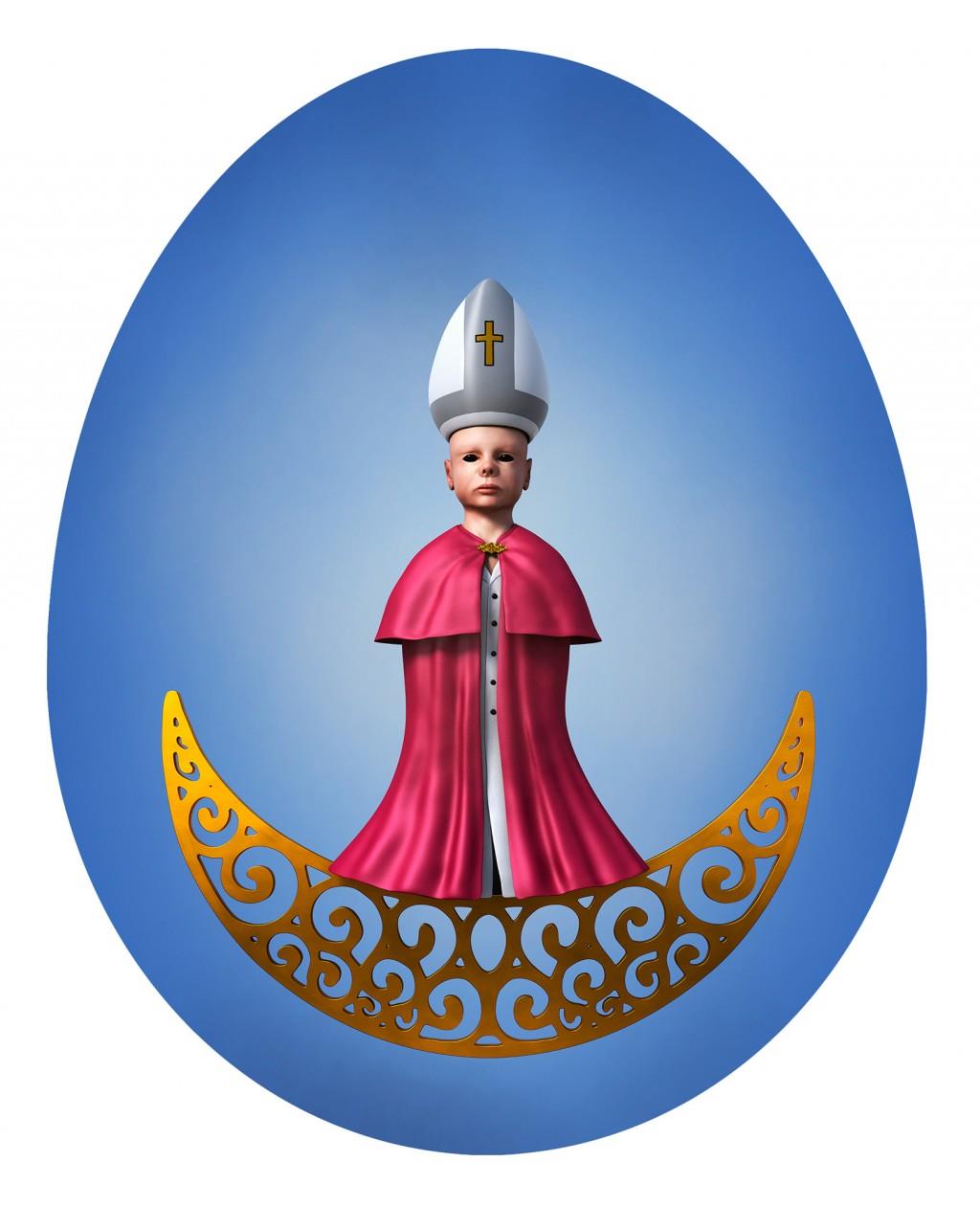
Religious Hybrids In The Aftermath Of The Burning Of The Quran
Hjorring, Nordjylland Oct 24, 2023 (Issuewire )
-
Ole Tersløse is a Danish artist specializing in 3D computer visualization. He received his training at the Royal Danish Academy of Fine Arts in Copenhagen. Ole Tersløse's distinctive aesthetic has earned him international recognition and acclaim, along with grants from The Danish Arts Foundation and the Jens Ejnar og Johanne Larsens Foundation. Over the past two decades, he has exhibited his work in various global cities, including Paris, Los Angeles, Berlin, Cologne, and Miami.
Religious Imagery in a Complex World:
The Danish demonstrations, including the burning of the Quran, have garnered the attention of the public in many countries, especially in Muslim nations in the Global South. Due to the adverse geopolitical repercussions of these burnings and concerns about terrorism, the Danish government has proposed a ban prohibiting the improper treatment of religious objects. In contrast, intellectuals and artists are warning of potential consequences for freedom of speech that such a prohibition might bring about.
Whether the ban will be adopted or not, the controversy has compelled Western Europeans to reevaluate their relationship with other cultures and religions, as well as with people who appear to have vastly different values and behavioral patterns from those in the West. We can no longer maintain a state of“innocent belief” in our own gods and values because we are inevitably confronted with expressions of alien cultures and religions.
Ole Tersløse, who resides in Denmark, is well-informed about this discussion, yet his new visionary project neither blasphemes nor naively praises religious belief systems. Instead, his series of computer-generated images breathe life into a surreal universe where symbols and iconography from different religions coexist in an enigmatic, aesthetic harmony.
A boy resembling a pope seems to be floating in thin air, but he may actually be resting on an Islamic crescent moon turned 90 degrees.
The head of a meditating boy is ignited by a flame, which miraculously does not harm him. Like the burning bush from the Bible and the Torah, this fire must be sacred, causing no harm. The boy seems to possess the ability to levitate like Buddhist monks, but in reality, he receives assistance from a flying carpet.
A gender-unspecific child inspired by Greta Thunberg is going green, transforming its limbs into branches. These branches bear apples, and a snake coils around their legs, suggesting that the child has become the tree of knowledge.
Tersløse's works can be perceived as postmodern icons or simply as religious hybrids, blending elements from belief systems that traditionally stood in opposition to each other. His surreal world is exclusively populated by children, symbolizing a new generation striving to bridge the gap between traditionally adversarial beliefs and ideologies. Sometimes the bridging makes sense, while at other times, the sense is definitely lacking.
Art Beyond the Conventional Gallery:
Ole Tersløse envisions his works not as limited to the confines of a gallery. His distinctive digital images, crafted through 3D visualization software, are not only made to hang on white walls. Being easy to duplicate, they are a kind of digital flyers designed to spark conversations when viewed in broader contexts, whether in newspapers, on internet blogs, or in magazines.
His primary objective is to stimulate discussions and provoke contemplation, placing the role of art as a catalyst for dialogue above its commercial value.
About Ole Tersløse and his Surrealism:
Danish art historian Torben Sangild considers Ole Tersløse a contemporary artist who has extended the surrealistic tradition into a new medium: the computer.
Itzhak Goldberg, a French art historian and Professor Emeritus at the University Jean Monnet, emphasizes the surrealistic and dreamlike nature of Tersløse's imagination. He says, 'Surrealist? Undoubtedly, Tersløse Jensen is fully aware of the artistic movement whose raison d'être was imaginary and dreamlike.'
However, one could argue that in our postmodern, multicultural society, the dream has become our social reality. This is because we have to navigate contradictory religions and values in a world that becomes increasingly complex as we interact with one another.
Tersløse's new series demonstrates that we are now living within a surrealistic image, where entirely different belief systems sometimes intersect, creating meaningful connections, while in other cases, they link together in ways that are so bizarre that they may lack any sense at all. Surrealism isn't just a blend of dreams and reality anymore; it has become a part of our reality in our multicultural and multifaceted world.

Legal Disclaimer:
MENAFN provides the
information “as is” without warranty of any kind. We do not accept
any responsibility or liability for the accuracy, content, images,
videos, licenses, completeness, legality, or reliability of the information
contained in this article. If you have any complaints or copyright
issues related to this article, kindly contact the provider above.


















Comments
No comment